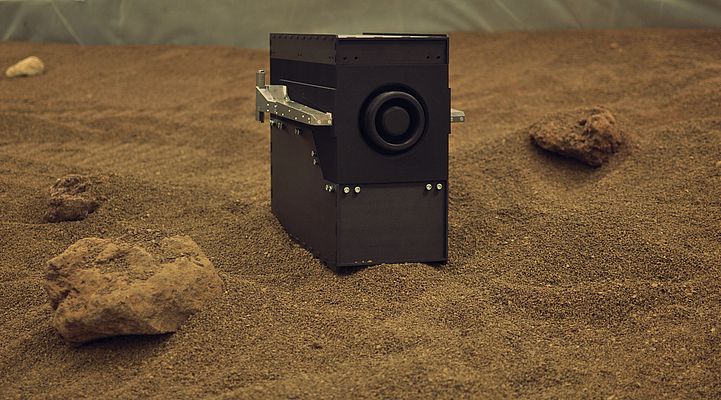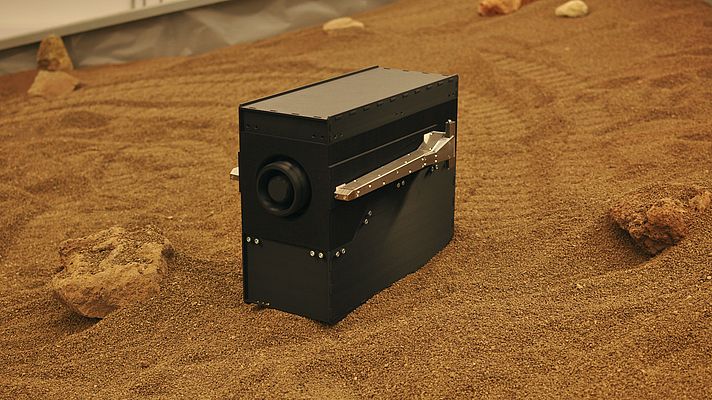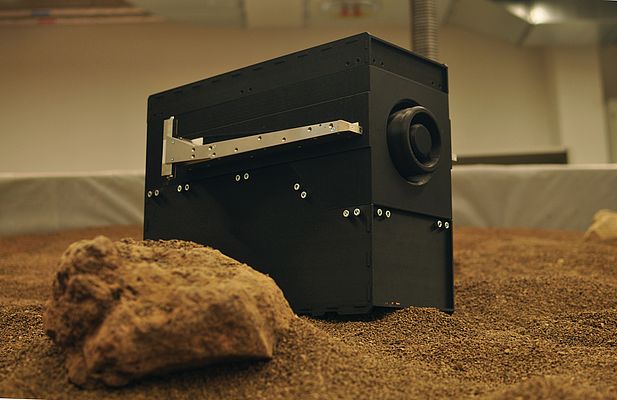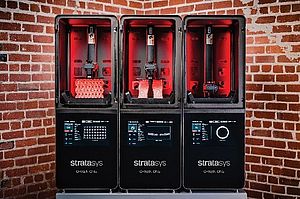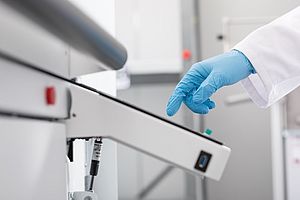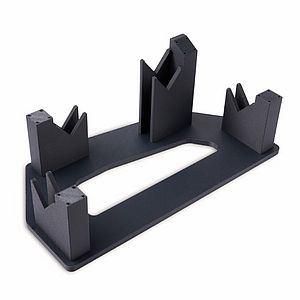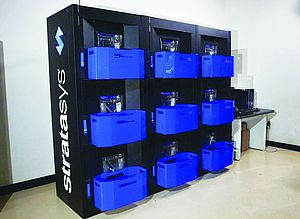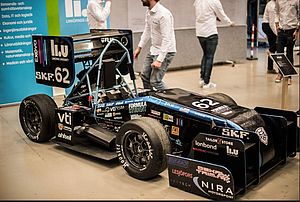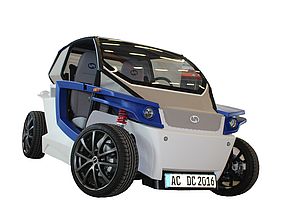Mars, the mysterious red planet, has always been a fascination. Over 40 space probes have already been sent to Mars, but the question remains if life exists on our neighboring planet. The unmanned flight to Mars has been a long-term goal of several leading space agencies. Most notably NASA and its space shuttle ‘Orion’, the European Space Agency (ESA) with program ‘Aurora’ and the Russian Space Agency ‘Roskosmos,’ while India and China also join this reputable contingent. At the German Aerospace Centre in Oberpfaffenhofen, the exploration of Mars is also a hot topic. Acting on behalf of the German government within the national space program, the German Aerospace Centre is responsible for research and contributions to the ESA and tasked with developing long-term research goals for the state. At the Institute for Robotics and Mechatronics, a division of the German Aerospace Centre (DLR), researching the latest technologies to advance space exploration is an important part of achieving the goals of a mission.
Producing complex prototypes for extreme environments
Working in close collaboration with the Institute for Robotics and Mechatronics is Dr. Kaj Fuehrer, Head of System Building Technology South at DLR. The System Building Technology function serves as a point of contact for the research team, providing them expertise in implementing technology within research projects. Acting as an advisory body, Dr. Fuehrer and his team are extremely knowledgeable when it comes to design and production with varying manufacturing methods. “Our prototypes are often very complex and typically push the boundaries of what is possible,” says Dr. Fuehrer. “Therefore, it is important to choose the appropriate production method and material, so that we can achieve the desired functionality without any limitations.”
When Dr. Fuehrer’s colleagues, Dr. Stefano Seriani and Dr. Armin Wedler, approached him about the development of a prototype TransRoPorter (TRP) – an exploration robot for unmanned flights to Mars – the decision to use 3D printing was an easy one. The TransRoPorter is made from two components: the moveable TRP Rover-Unit, made to navigate in unstructured terrain, and the Payload-Module (PM), which carries spare parts, communication technology and scientific tools. To ensure functionality and practicality of the first prototypes of the TransRoPorter, rigorous testing is required. As a result, DLR turned to Stratasys FDM 3D printing to test the design and functionality of the robot under simulated extreme conditions ahead of time. “The Payload Module is at the heart of the system, and we needed a fully-functional prototype that could perform in all tests and withstand the strain of the design,” explains Stefano Seriani.
Dr. Fuehrer adds: "In the planning of this project, we always preferred 3D printing technology. For us it was clear, a prototype made from metal was too expensive and complex in production. A metal prototype would also need to be finished post-production - more work with additional costs. Therefore, we decided to 3D print the TransRoPorter prototype, which offered us the least expensive, fastest and most elegant solution. Everyone involved in the project is delighted with the outcome."
High-performance materials for fully-functional prototyping
Using a Stratasys Fortus900mc Production 3D Printer, the research team are 3D printing large parts in FDM thermoplastic materials. According to Dr. Fuehrer, the ASA material is ideally suited for testing the TransRoPorter prototype, enabling the team to produce a strong enough box to contain all the technology safely within. “It was extremely important that the fit was right, that the box could be mounted to the tracks and the docking port worked,” he explains. “Utilizing Stratasys FDM 3D printing technology, we found that the material basically has no distortion. The decision for ASA material was consciously made, as it is ideal for our purposes and handling.”
Stefano Seriani adds: “The stability of the ASA material also played a large role for us. We needed a fully functional prototype that could perform in all tests and withstand the strain of the design. The tough and rigid properties of the Stratasys material were therefore an ideal fit to test the TransRoPorter’s functionality for its journey to Mars.”
Gaining valuable knowledge
The TransRoPorter is currently set for launch in 2021/2022. Comprehensive functionality tests for the Payload Module are already being undertaken by the researchers to simulate if what’s planned can be executed successfully or if the design of the prototype needs adjusting. The use of Stratasys 3D printing has supported other strategic goals. According to Dr. Fuehrer, the knowledge gained during the production of the TransRoPorter was just as important as ensuring its functionality.
“A new technology leads to new thought processes. Over the past few years, many colleagues are already thinking in 3D and are involving 3D printing into plans for other projects they are starting with. This new knowledge has opened them up to a new set of possibilities within product development,” he concludes.


